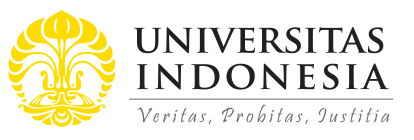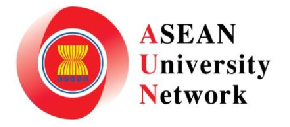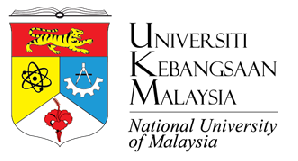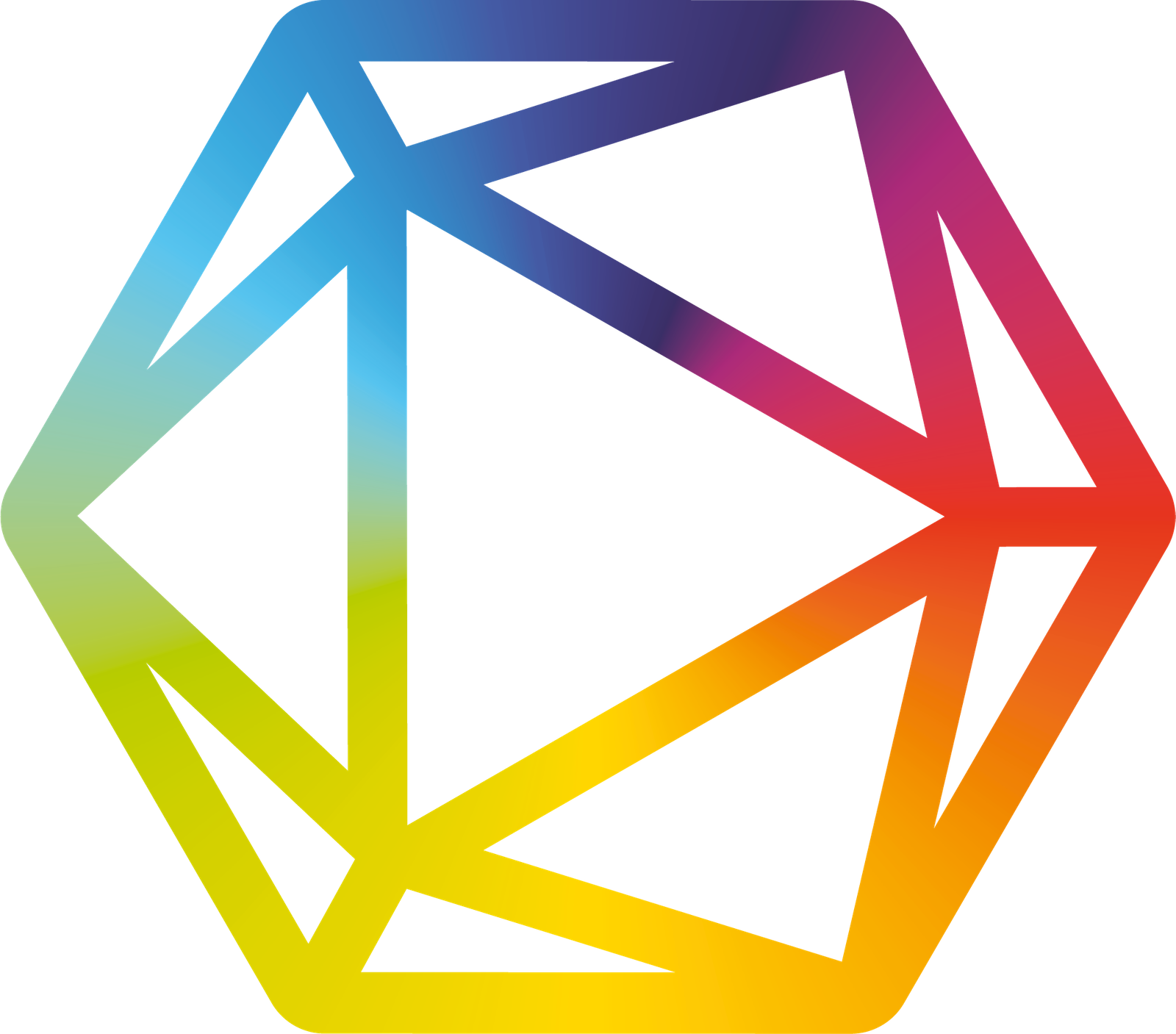
Author Guidelines
The ASEAN Journal of Community Engagement accepts several types of submissions: (1) research and theoretical papers between 6,000 and 9,000 words, which present conceptual frameworks and programs related to community development, community services, community empowerment, community outreach, and action research; (2) review articles between 5,000 and 6,000 words, which comprehensively summarize the literature on issues related to community engagement or community engagement programs; and (3) case-based articles between 4,000 and 5,000 words, focusing on the practice of community engagement and highlighting techniques, methodologies, and evaluations of community engagement programs.
Manuscripts should be written in American English. Terms in other languages should be clearly explained with appropriate English translations.
Submission of Manuscript
Manuscripts should be submitted through the journal submission portal. Author(s) are required to log into the journal website to submit their manuscripts.
Please use the following templates to prepare your submission files:
Manuscript (Template) DOCX
Please rename your manuscript in this order ‘Manuscript_Title’.
Title Page (Template) DOCX
Please rename your title page in this order ‘Title Page_Title’.
Cover Letter (Template) DOCX
Please rename your cover letter in this order ‘Cover Letter_Title’.
Journal Publishing Agreement
Author (s) must complete the exclusive license transfer agreement/Journal Publishing Agreement before submitting their manuscript to the AJCE journal website. They must accept the Journal Publishing Agreement when submitting their manuscript. This agreement covers authorship, originality, and conflicts of interest.
This transfer agreement protects the copyrighted material for the authors but does not relinquish the Author’s proprietary rights. The copyright transfer covers the exclusive rights to reproduce and distribute the article, including reprints, photographic reproductions, microfilm, or any other reproductions of a similar nature and translations. Authors are responsible for obtaining permission from the copyright holder to reproduce any figures for which copyright exists.
Preparing the Manuscript
Manuscripts should be written in American English. Terms in other languages should be clearly explained with appropriate English translations.
To submit a manuscript to AJCE, two different files are required:
(1) Title Page
The Title Page contains the title of the article, names of the author(s), affiliation(s) (including city and country), corresponding email, author contributions, acknowledgments, funding, declaration of conflicting interests, and a short biography of the author(s), including ORCID IDs. Completing the title page is required as a supplementary document when submitting the manuscript.
(2) Full Manuscript
The Full Manuscript contains the title, abstract, and keywords, followed by sections for introduction, method of study, conclusion, and a list of references, adhering to the structure of Introduction, Methods, Results, and Discussion (IMRaD). The manuscript must be typed, 1.5 spaced, on A4 portrait document settings, left justified, with no special formatting. The manuscript must be in Microsoft Word only.
Remove the names of the author(s) from the full manuscript to ensure anonymity for the blind review process. The manuscript should be submitted in Microsoft Word format (.docx) with a file size no larger than 2 MB.
Manuscripts should conform to the manuscript template.
Article Title
The title in both the manuscript and title page should be clear, concise, informative, and limited to 15 words, including conjunctions. The title should be defined to help global readers understand.
Abstract, Keywords, and SDG Number
The abstract should be between 150 and 250 words and include up to five keywords.
The number(s) of Sustainable Development Goals (SDGs) addressed in this work must be provided.
Figures and tables
Figures and tables should be embedded within the manuscript and follow the manuscript template. All figures and tables should be incorporated directly within the body of the manuscript. When a manuscript is accepted for publication, the author(s) are required to provide all figures as separate .jpg files with a resolution of 300 dpi. Additionally, tables should be submitted as editable text rather than in image format.
References
References should be listed at the end of the document consistently and accurately, rather than as footnotes. Up-to-date and accessible references, such as journal articles from the last 5–10 years, are recommended. Authors are strongly encouraged to utilize bibliography management tools like Zotero or Mendeley. The reference list should be organized alphabetically and adhere to the APA Style 7th edition referencing system, as exemplified below:
Journal article
Pradhan, S., & Samanta, S. (2025). Viability of community-based enterprises in community development: An empirical study. Community Development, 1–26. https://doi.org/10.1080/15575330.2024.2448676
Book
Singh, M., Bhatt, P., Singh, W., & Pareek, K. S. (Eds.). (2023). Community engagement in higher education: From theory to practice. Routledge.
Chapter in an edited book
Singh, W., & Singh, M. (2023). Community engagement in higher education institutions: Critical enablers. In M. Singh, P. Bhatt, W. Singh, & K. S. Pareek (Eds.), Community engagement in higher education (pp. 29–44). Routledge.
Webpage on a news website
Tracey, A. (2023, September 19). Online map launched to encourage community engagement in Peel. BBC. https://www.bbc.com/news/world-europe-isle-of-man-66826595
Internet source, webpage on a website with a retrieval date
Australian Research Data Commons. (2022). Time-layered cultural map (TLCMap) 2.0. Retrieved July 3, 2023, from https://doi.org/10.47486/PL069







